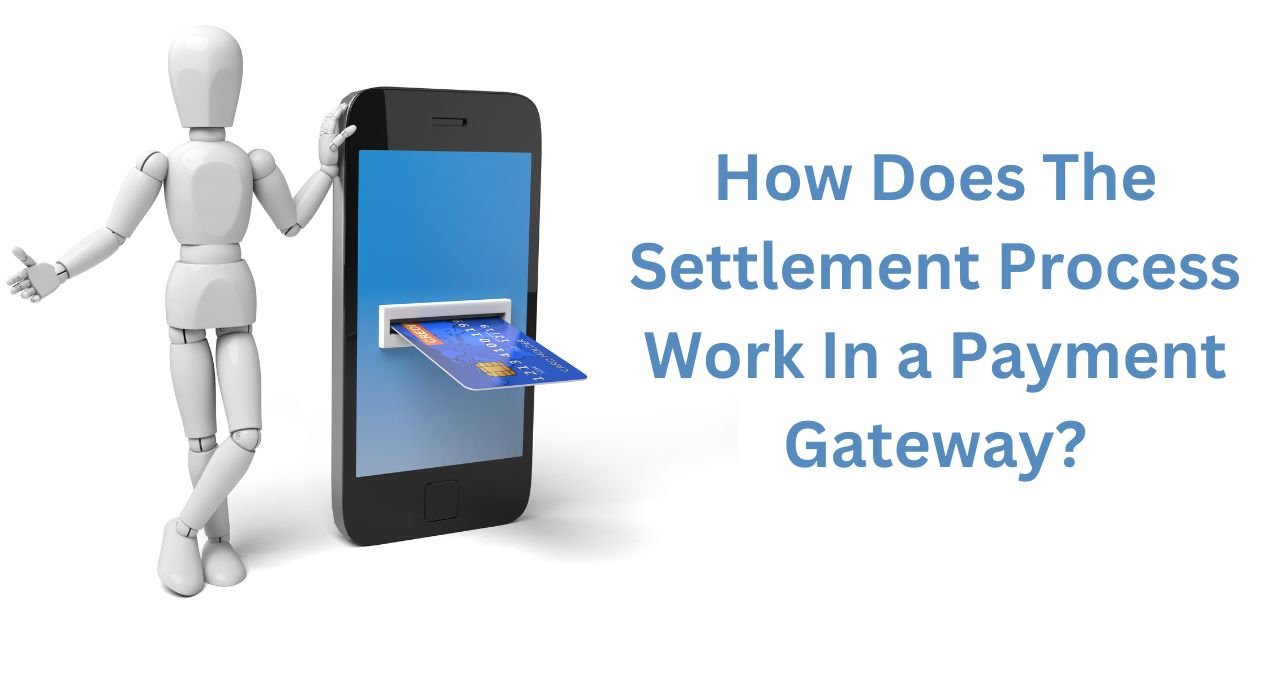Table of Contents
Blog Summary
As someone owning a business, payment settlements are a very important part of keeping your business up and running. However, instant settlement is not always easy and simple when using a payment gateway as a medium for accepting payments. In this blog, we will discuss how a payment gateway settlement is done and the steps involved in the process.
Introduction
As there is a rapid increase in the online buying and selling of goods in today’s digital world, payment gateways have become essential for merchants to provide a positive shopping experience for their customers. They handle the money involved in the transactions and serve as a middleman between customers and retailers.
Payment gateways have become essential for merchants to provide a positive shopping experience for their customers as the buying and selling of goods and services online has increased. They handle the money involved in the transactions and serve as a middleman between customers and retailers.
A payment gateway is crucial for the smooth operation of the payments ecosystem since it facilitates online payments for businesses and consumers. You may have heard from merchants that settlements via payment gateways take longer than expected. Even in this highly technologically equipped era, there are many steps in the settlement process that take time.
So, what exactly is the ideal settlement period time, and how do they work? Let’s understand this better.
What is a Payment Gateway Settlement?
Payment settlements refer to the final deposit of the transaction amount (minus payment gateway fees) into the merchant’s bank account during a specific time period. The settlement cycle determines this settlement period, and each bank may have a different settlement period.
The longer it takes for a business to receive payment gateway settlements, the more difficult it will be to maintain cash flows. This is why most merchants always look for a shorter settlement period when choosing a payment gateway service provider.
When it comes to payment gateway settlements, there are two main fundamentals involved in the process:
- The transactions or online payments made by cardholders or online customers.
- The revenue or return that online retailers and website owners receive from customers’ sales on those sites.
How does Payment Gateway Settlement Work?
Firstly, the card is processed when the cardholder initiates the transaction. And depending on the funds in the account, the transaction is either approved or rejected. A rejected status indicates that there are insufficient funds in the cardholder’s account to complete the transaction.
After the initiation is completed, the issuing bank transfers the funds to the payment processor. The acquiring bank receives this cash from the payment processor, after which the transaction amount is credited to the merchant’s account.
There are two settlement mechanisms:
-
Terminal capture
This form of settlement is entirely the merchant’s responsibility. In most cases, this is accomplished by sending a settlement message along with the settlement file containing details about the transactions that need to be completed. The information must be saved by the merchant.
-
Host capture
In this type of settlement, the payment gateway completes all necessary transaction settlement tasks, such as authorization and more. Host capture stores the settlement batch files on the processor.
Using host capture, the merchant can approve the transactions without storing any data in between. This kind of settlement is easier to implement and maintain.
Steps Involved in the Settlement Process
From the point where the customer completes the transaction through the settlement stage, the following steps would make up an ideal payment process:
Step 1: A customer order is created
When the customer chooses his or her purchases and completes the checkout form, the Order ID is generated. The customer starts the transaction by entering the account information or swiping the card to purchase products.
Step 2: Verification of details and funds
The money is transferred to the business after the merchant confirms it, and the customer receives a confirmation message.
The online payment is immediately declined if the customer does not have sufficient service hiring amounts or if incorrect card information was given. He will nonetheless get a notification that the service is not acceptable.
Step 3: Routing of funds
After the transaction has been authorised, the money is debited from the cardholder’s credit or debit card (issuing bank). It is transferred to the merchant’s account (acquiring bank) via the payment gateway.
The acquiring bank then gets in touch with the issuing bank and the card networks (Visa, MasterCard, Amex, JCB, or others), in order to complete the transaction.
Step 4: The settlement is done
Following the completion of this process, the payment gateway receives the settled funds in its bank account and is able to proceed with the creation of merchant statements and the settlement of cash.
The duration of this process usually takes T+2 or T+3 days. However, this time frame may change depending on the payment settlement instrument and the settlement cycle.
Benefits of using Payment Gateways for Settlements
- Timely settlements with little waiting time
- Easy to operate and maintain without experiencing capital constraints
- Detailed reports are available in the merchant dashboard
- Easier to determine the settlement status
- With various reconciliation tools, payments are simple to keep track of.
- There are various settlement options, including Virtual Account Number, bank account, UPI VPA, and online wallets.
Conclusion
When selecting a payment gateway settlement approach for your business, the business structure and demands must be taken into account. Since each mechanism has its own unique properties, the ideal payment settlement mechanism for your business can be chosen best if you consider your business structure. A merchant must select a settlement method that will allow all of its functions to be accommodated in accordance with business requirements.
NTT DATA Payments offer a safe and secure payment gateway designed to accept all kinds of payments for your business swiftly. Integrated with 50+ banks and 100+ payment options, its robust set of capabilities is devised to aid both start-ups and the longest running
businesses to grow revenue, alleviate risk and safeguard customers’ data.
Also Read : SEO/Online Marketing – What You Need To Know




